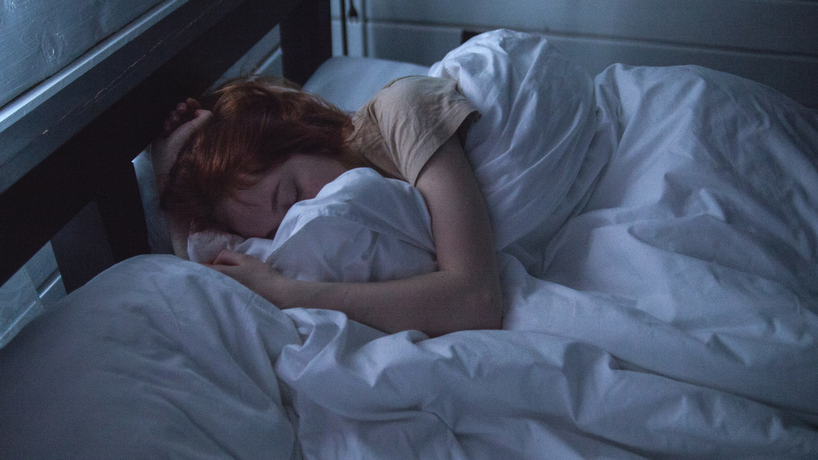
What is Sleep Apnea?
Shelly Weaver-CatherSleep apnea is a relatively common condition in the US, affecting an estimated 22 million Americans, according to the American Sleep Apnea Association.
There are three types of apneas that can have a major impact on the quality of your sleep, if you suspect you might be showing signs of having sleep apnea, always contact your doctor for more information.

What is sleep apnea? Sleep apnea is defined as a condition where a person’s breathing is interrupted during sleep. Most commonly, the airway is partially or fully obstructed when laying down at night, making it difficult to breathe correctly and leading to poor quality of sleep, but some forms of sleep apnea occur when the brain fails to signal to our muscles to breathe while we sleep. Sleep apnea can lead to serious health issues, including cardiovascular problems, and should be treated by a healthcare provider immediately.
Obstructive sleep apnea (OSA) OSA is the most common form of sleep apnea, characterized by a physical blockage of the airway disrupting normal breathing patterns while we sleep. This limits oxygen flow to the bloodstream and brain and can cause permanent damage if left untreated. Typically, the tongue collapses against the soft palate (That flexible part toward the back of the roof of your mouth.) and makes it difficult for your body to continue breathing.
Central sleep apnea While no physical blockage is present, in some patients the brain isn’t correctly communicating with our muscles and causes our body to stop breathing. While much less common, central sleep apnea can be caused by heart diseases or strokes and may require treatment of another condition first.
Sleeping at high altitudes can also cause central sleep apnea, though most sleepers are able to acclimate.
Complex sleep apnea Complex sleep apnea is a combination of both physical blockages and failed brain signals. Sometimes called mixed sleep apnea, the condition can be treated in a number of ways.

Symptoms of sleep apnea Daytime and nighttime symptoms of sleep apnea are important to take note of—you may not realize you have it if you’re only focusing on what’s happening while you’re asleep. If you experience frequent exhaustion or sleepiness during the day, or early morning headaches, you may be suffering from disrupted sleep without realizing it.
At night, sleep apnea symptoms generally have to do with your breathing.
- Choking or gasping for air during sleep
- A partner witnessing pauses in your breathing
- Loud, disruptive snoring
- Restless sleep
If you’re experiencing any of these symptoms at night or when you’re awake, ask your doctor about testing for sleep apnea.

Sleep apnea risk factors There are a number of noted risk factors that may cause sleep apnea. As it becomes more common, studies have found a group of shared characteristics in patients with sleep apnea.
Obesity It’s estimated that two thirds of people with OSA are medically obese. Weight loss has helped many patients lessen the severity of symptoms, though shouldn’t be relied on as the only treatment.
Small lower jaw or other facial features Smaller jaws have been associated with OSA, indicating that certain facial configurations are more likely to be affected by the sleep disorder than others.
Enlarged tonsils or neck circumference Larger tonsils and muscles in the neck can lead to obstructed airways in many people.
Genetic factors If you have a family history of sleep apnea, you’re more likely to have it. Men are also more prone to the condition due to biological and anatomical differences in their upper body.

Treatment for sleep apnea There are a variety of treatments available for sleep apnea, your doctor may recommend one or a combination of them. Most commonly, patients use a breathing apparatus, called a CPAP machine, to regulate breathing at night to ensure they get the rest they need safely and soundly. Some patients find that weight loss is a natural remedy to their symptoms, and others opt to have surgery to repair threatening issues.
Medication and upper respiratory therapy are also known treatments.



